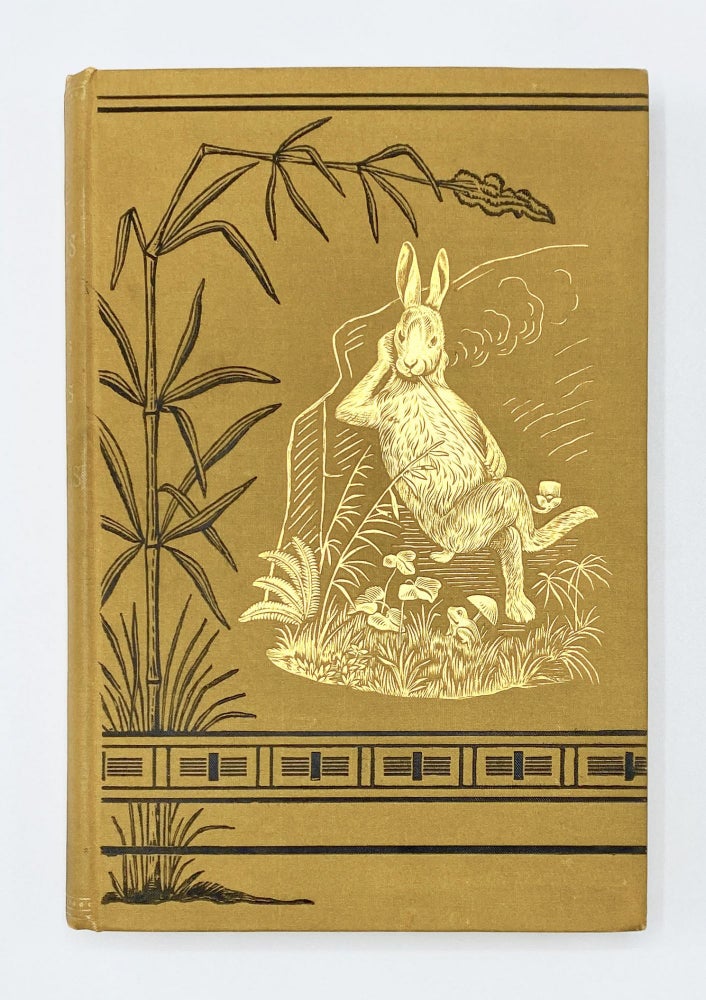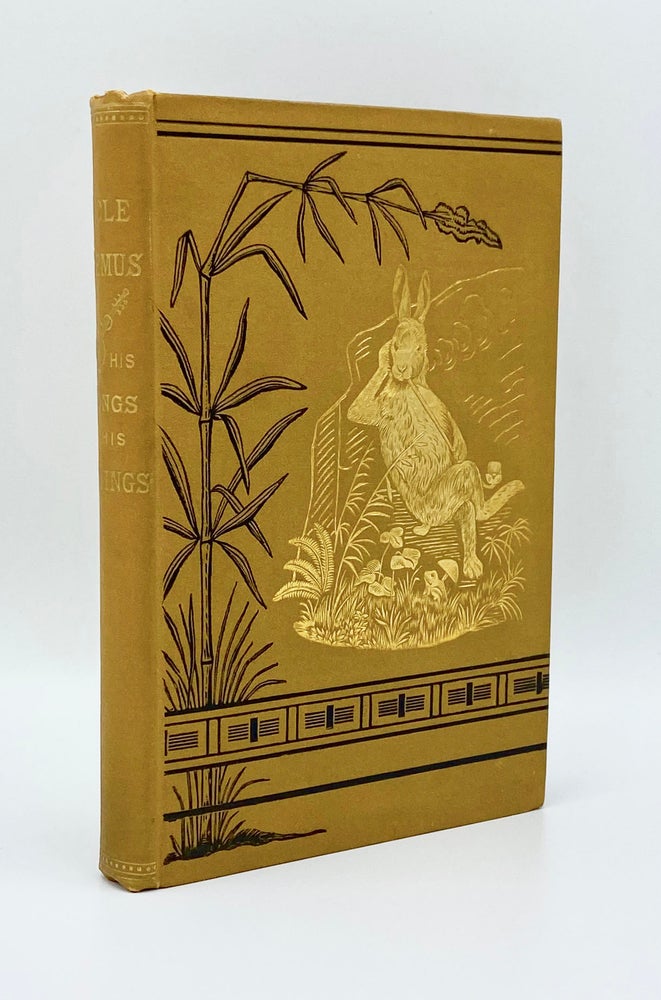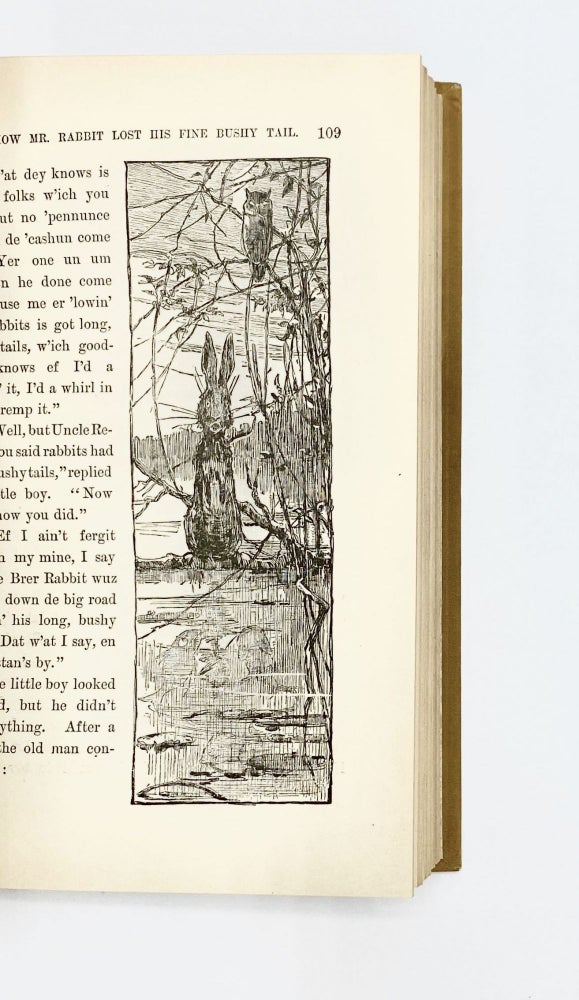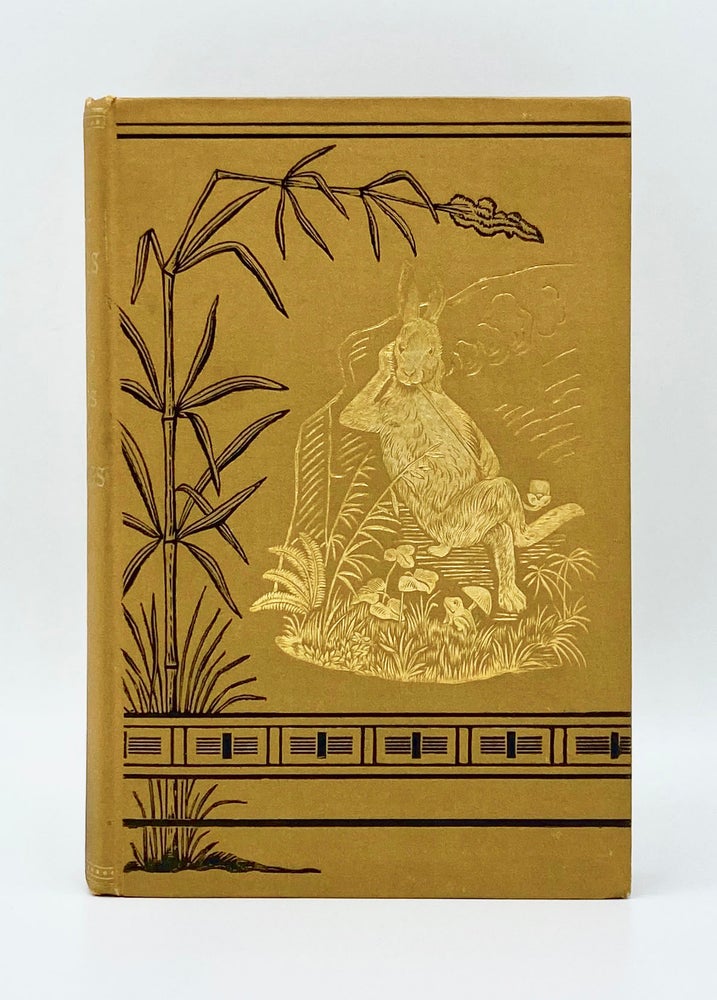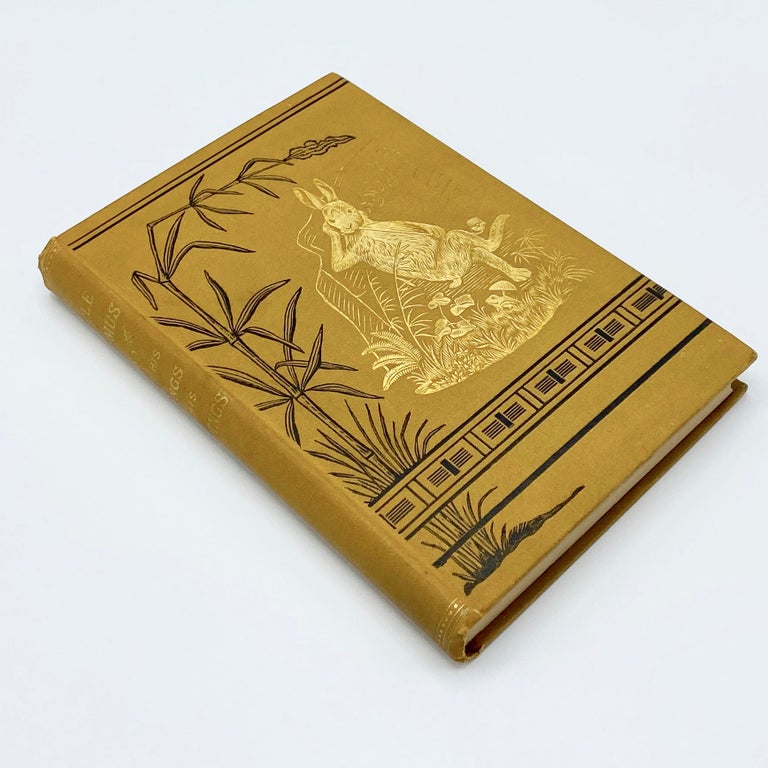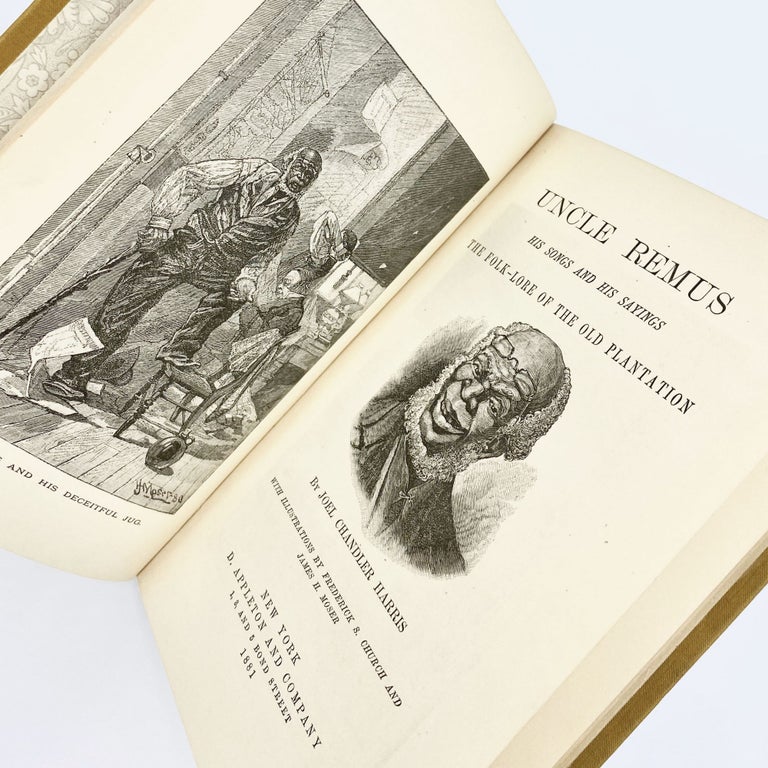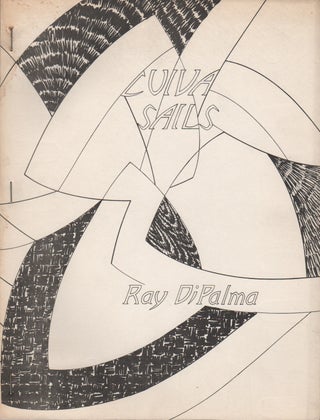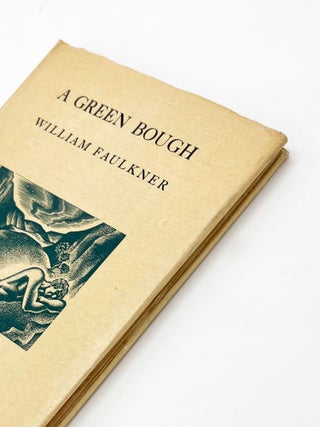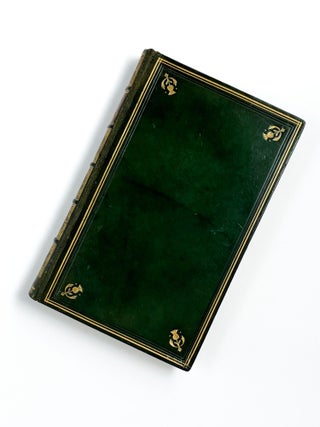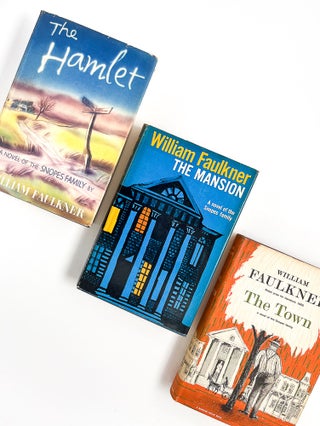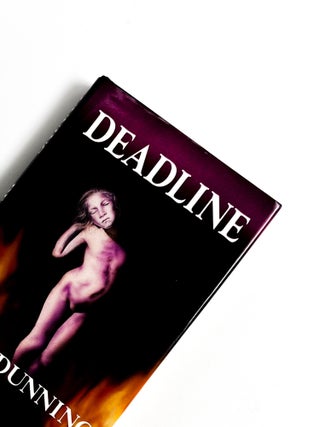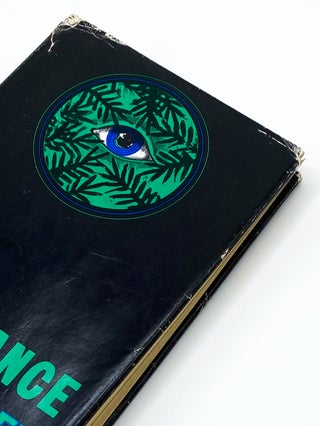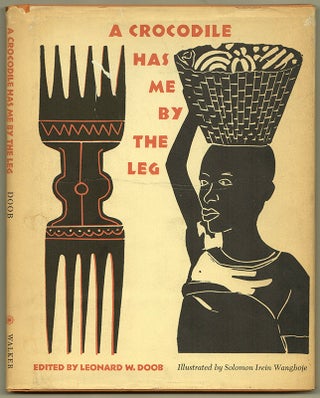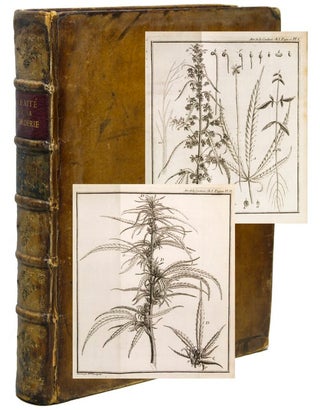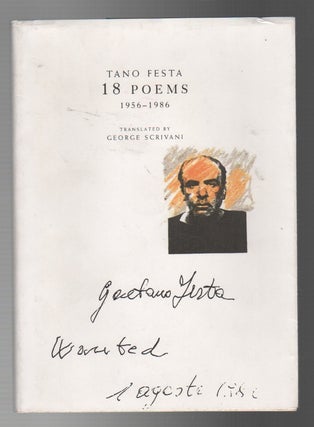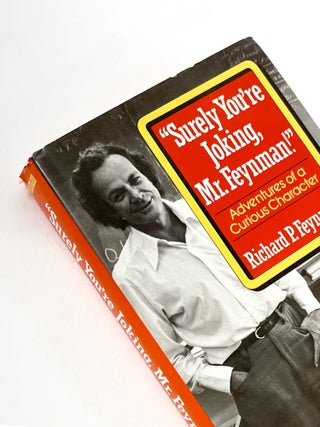UNCLE REMUS: His Songs and Sayings
First issue of the first extensive printed record of the tales of Brer Rabbit and other oral traditions kept by enslaved African Americans before emancipation, in the scarce yellow binding, and rarely seen in this condition.
Fine.
Price: $9,500.00
UNCLE REMUS: His Songs and Sayings
"If any collection evokes the hushed-up paradoxes of African American folklore, it is Joel Chandler Harris's Uncle Remus stories." – Gates & Tatar
Georgia-born white journalist Harris sought to document the cultural history of African Americans in his Uncle Remus project, and with his success "a vibrant storytelling culture for adults began its long migration from campfires and slave cabins into the nursery" (Gates & Tatar). Harris painted the plantation life of enslaved people as idyllic, and his collection has depicted, created, and circulated racist stereotypes of African Americans. As complicated as such a legacy is, the collection also acts as a printed record of supreme importance for African-American oral traditions. Robert Bone argues that "[t]o neglect the Brer Rabbit tales because a white man was the first to write them down is to betray the black man's folk tradition" (quoted in Gates and Tatar). In the recent publication of the ANNOTATED AFRICAN AMERICAN FOLKTALES edited by Henry Louis Gates Jr. and Maria Tatar, the folklore recorded by Harris is given a full chapter and its complex history discussed. "In my house, growing up in Piedmont, West Virginia, we collected Mother Goose and Joel Chandler Harris," Gates told THE NEW YORK TIMES, "My father used to tell Brer Rabbit stories to my brother and me all the time." African American authors continue to draw from this tradition to create art true to their own voices, from Charles Chesnutt's forays into mythic storytelling, to Ralph Ellison's ambiguous Ulysses-Brer Rabbit trickster imagery, to Toni Morrison's TAR BABY, to Jerry Pinkney's visual tours de force. A remarkably fine copy.
Read more: Gates Jr. & Tatar, THE ANNOTATED AFRICAN AMERICAN FOLKTALES; Gyarkye, "From Two Scholars, African-American Folk Tales for the Next Generation," New York Times, 14 December 2017; Blanck, Peter Parley to Penrod p. 56; BAL 7100; Grolier, 100 Influential American Books prior to 1900, #83.
The Object
First edition. New York: D. Appleton, 1881. 7.5'' x 5''. Original mustard cloth stamped in gold and black. With "presumptive" misspelled on p. 9, bottom line, and without ads for this title in rear. Illustrated by Frederick Church and James Moser. Publisher's catalogue at rear. 231, [1], [8] pages. Slight stress at hinges, else fine in custom slipcase.
The Fine Print
We work hard to meet our ethical responsibility to describe our material accurately. All items are guaranteed as described and may be returned for any reason within 30 days. Please notify us before mailing a return.
We guarantee the authenticity of our items. All materials are original (meaning not facsimiles or reproductions) unless otherwise noted. First editions (meaning first edition, first printing) are explicitly stated. TPM is a member of the Antiquarian Booksellers Association of America and upholds their Code of Ethics.
All photographs are of the actual item for sale. We're happy to provide additional images on request.
All domestic orders ship gratis. For orders under $250, free USPS media mail shipping is included; orders $250 and over ship USPS Priority. International orders over $500 also ship gratis. Expedited, overnight, as well as other carriers (UPS, Fed-Ex, etc.), may carry additional costs beyond quoted rates. All orders receive tracking information and a direct contact in case of any questions.
International buyers are responsible for any customs, taxes, and related import fees. Please note that we are unable to accomodate requests to misrepresent, misdeclare, or otherwise falsify customs documents when shipping internationally. We appreciate your understanding.
We accept all major credit cards, Paypal, Venmo, check, money order, and bank wire. We are happy to bill institutional buyers' needs. Sales tax will be added to applicable purchases. Items subject to prior sale.
If for any reason you are dissatisfied with your purchase, please contact us. We prioritize our long-term relationships far above any individual purchase, and we want you to love your item as much as we loved cataloguing it.

